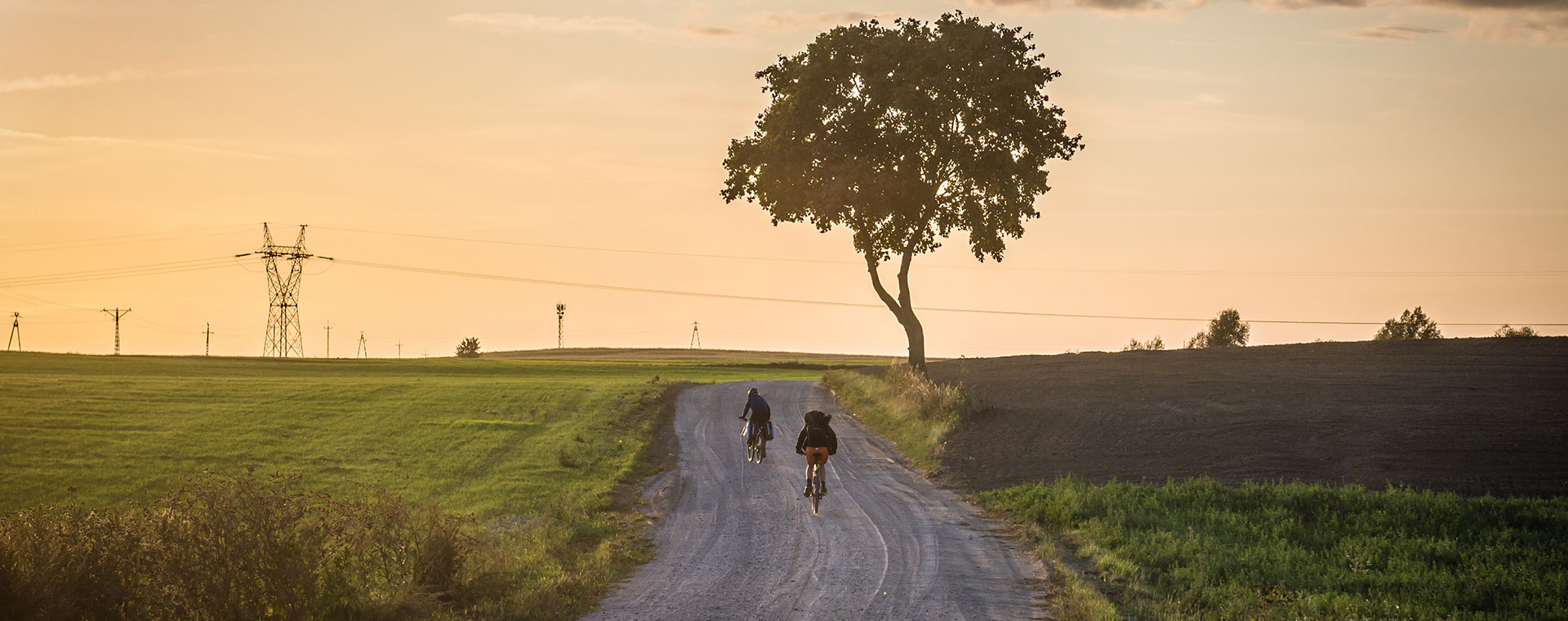Insights
Borders
What are the challenges of cross-border mobility in Europe?
-
Jakop Dalunde
Member of the European Parliament

Mobility has played a crucial role in connecting people and shaping societies throughout history.
Today, transportation continues to offer enhanced possibilities for travel and commuting, contributing to an easier everyday life, travel and a more united European Union. As we face rising geopolitical tensions, conflicts, and the visible impacts of climate change globally, reevaluating our approach to transportation is all the more necessary. This applies not only to urban and rural areas, but also to cross-border movements. Europe stands as one of the world's most interconnected regions, enabling free travel across borders for citizens and visitors alike. Preserving and enhancing our unique mobility system is essential as we strive to develop smarter and more sustainable solutions for the future.
During my time as a Member of the European Parliament, I have focused on improving the European railway system to facilitate easier transportation of passengers and freight across Europe. Currently, rail transport falls short of what is necessary to achieve the target of reducing greenhouse gas emissions by 55% by 2030. For instance, around 75% of the EU's total freight is transported by road. Of the portion transported by rail about half cross-national borders, where frequent delays and other issues make it less efficient.
An important aspect is therefore to ensure a united European railway network with efficient cross-border transport solutions. Today, our systems are lacking due to nationally controlled rail tracks, various signal systems and regulations, making cross-border train trips inefficient, costly, and deprioritised. There is also a lack of communication between rail infrastructure managers, making capacity allocation unnecessarily complicated. This affects the travel habits of Europeans as well as freight transport, since it is cheaper and easier to book a flight ticket from Stockholm to Brussels or Copenhagen to Milan, instead of taking the train. We know Europeans want to travel by train, this is evident with the increase of train travellers in Germany after the introduction of the Deutschland-ticket. Rail represents the future of European mobility, with the potential for convenient and pleasant travel for millions of Europeans. We must therefore do much more to unlock its full potential for a greener and more accessible future. If we give Europeans the option, they will choose it!
In short, we are in need of a paradigm shift in transport, including harmonised regulation and investment in cross-border infrastructure. This involves improving network interoperability, and switching the very mindset of infrastructure planning: from a national, to a European perspective. A truly European transport network will create a multitude of benefits for all Europeans, creating smoother and more efficient transport flows and increasing mobility access.
In my work, I have tackled the challenge of booking tickets for cross-border train travel, a crucial aspect of mobility that I believe requires much more attention. This is especially evident given the lack of a proposal from the Commission for multimodal digital mobility services (MDMS). The are many solutions. Railway companies should for instance open their booking platforms to third-party sellers to enable travellers to compare journeys and prices, similar to airline ticket purchases. Closed booking systems currently hinder third-party sales, resulting in unnecessarily expensive tickets and complicated booking experience. We also need to strengthen passenger rights for travellers combining transport from multiple companies. It is crucial to establish and implement clear regulations that enable increased rail travel throughout Europe.
It is high time to implement the many solutions at our disposal and create interconnected mobility systems in Europe. The science is clear - in order to meet our climate targets the transport sector needs to transform at a rapid pace. We need a modal shift – away from inherently unsustainable modes of transportation such as aviation and road, to the inherently most sustainable option – the railway. By adopting a collaborative approach to border management and a shift from national controlled railway systems to more synchronised systems within the union, we can create a more connected, resilient, and sustainable continent.
-
 Interview
Design
Interview
Design
How does architecture interact with mobility in our cities?
Madeleine Masse, Founder and President of Atelier Soil
-
 Interview
Design
Interview
Design
How can we reinvent mobility?
Arnaud Passalacqua, Professor at the Paris School of Urban Planning
-
 Interview
Design
Interview
Design
How can individuals improve their urban environment?
Zeina Nazer, Co-founder of Cities Forum and vice president of ITS UK Road User Charging Forum
-
 Interview
Decarbonization
Interview
Decarbonization
How will rural areas adapt to the shift towards carbon-neutral mobility?
Caulfield Brian, Professor in transportation and Head of Department at Trinity College Dublin, Expert to the National Transport Authorithy (Ireland)
-
 Interview
Desirability
Interview
Desirability
What needs to occur for public transportation to become our default choice?
Karaki Samah, Founder and Director of the Social Brain Institute


